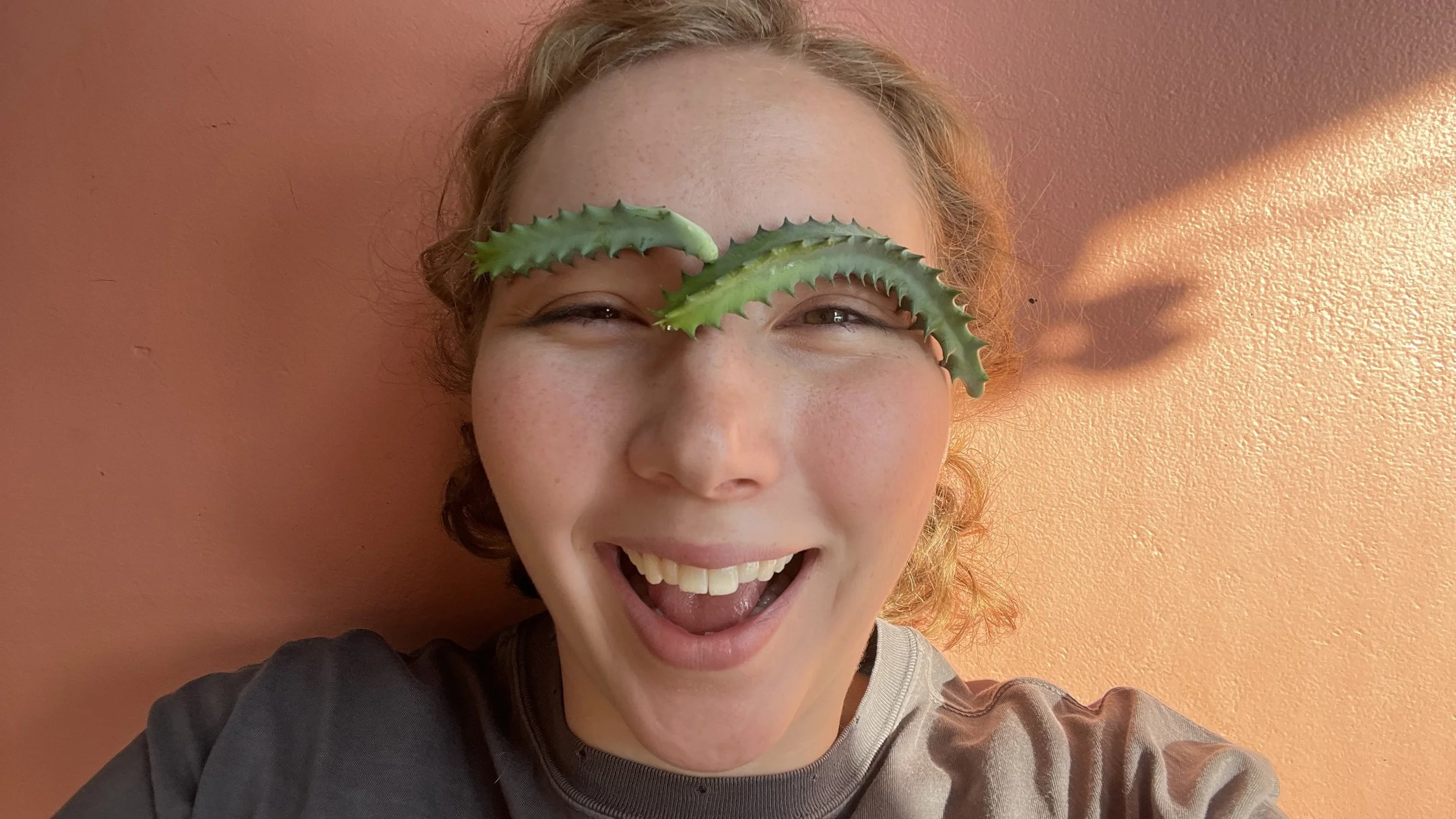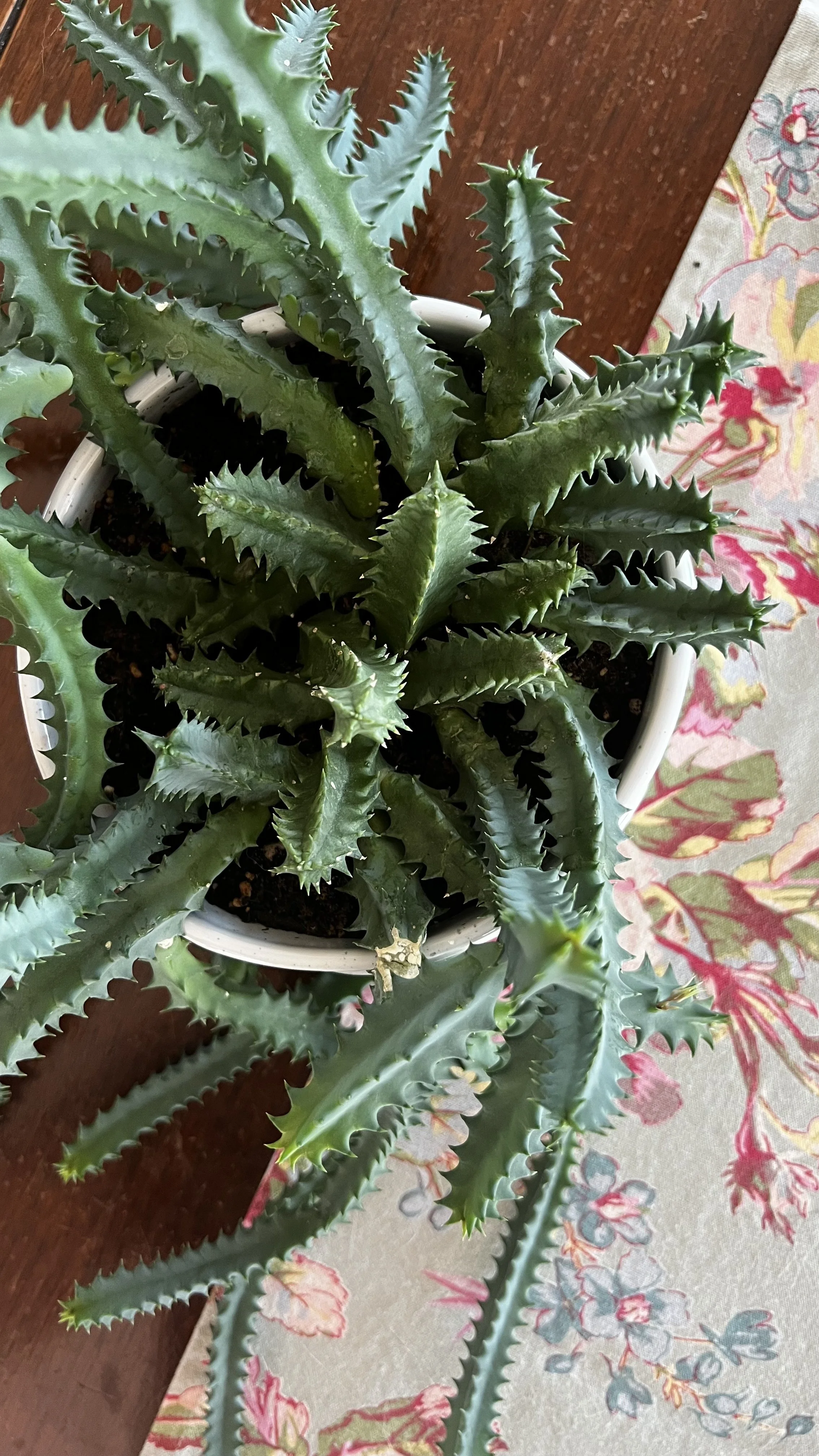
LIFESAVER PLANT
Huernia
Family Apocynaceae
-
Light: Lifesaver plants can tolerate a broad spectrum of lighting, but grow and flower best in bright, indirect lighting.
Temperature: 60-80 F
Humidity: low
-
Water: Water when the top 2-4” of potting mix feels dry. You may only need to water 1-2 times each month (in winter even less). More frequent watering in the summer helps encourage faster growth (only if the plant is in a bright spot).
Repotting: Repot as necessary every 2-3 years. Rather than using a “cactus and succulent” potting mix that has no water retention, I encourage the use of fresh general purpose mix in combination with a sparing watering routine.
Fertilizing: Either…
Water Application: Incorporate fertilizer into your watering cycle once per year. Dilute an all purpose fertilizer (20-20-20) by half OR use your favorite fertilizer rated for houseplant use in your water.
Slow Release: Incorporate slow release fertilizer pellets into the top inch of potting soil every 6 months. Apply the rate indicated for indoor plants on the label. If no recommendation for houseplants is present, apply 1/4 to 1/2 the listed rate.
-
Huernia is in the Apocynaceae family which also houses another favorite—hoya!
It also houses a favorite native—milkweed (Asclepias)—which is pretty shocking considering the difference in flower appearance.
-
(Listed in order of commonality…)
Mealybugs
Breakable stems at the joint
Stretch from low light levels
-
Is lifesaver plant pet safe?
Well… yes and no. Lifesaver plant has latex sap running through its tissues. If a human or animal has a latex allergy, it can cause rash, drooling and digestive struggles if latex touches skin or is ingested.
Have a more specific question?
I’m just a few clicks away.



